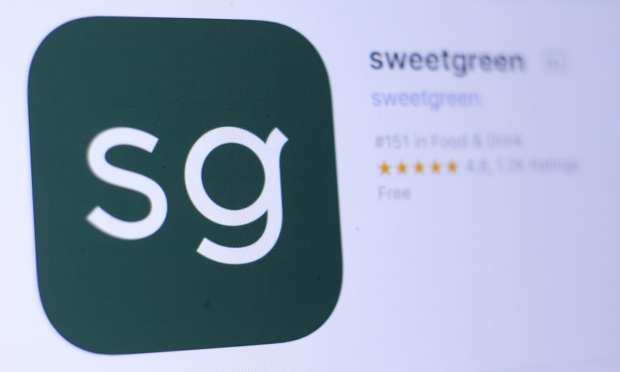Five Takeaways From The Restaurant Readiness Index

There was a lot of action in the restaurant and QSR business this week, as Olive Garden owner Darden’s reported a 19 percent drop in earnings and city-based Sweetgreen announced its flight to the suburbs. It was also the occasion of a new report covering how well restaurants are meeting the increased digital expectations of their customers. The report showed a preference for loyalty programs versus emerging technology like QR codes.
The findings are part of a new Restaurant Readiness Index produced by PYMNTS and Paytronix that questioned over 2,100 consumers and nearly 500 restaurant operators about what’s working and what isn’t, now that we’re nine months into the lifestyle changes brought on by the global pandemic.
Here are five key takeaways from the report.
Customers Love Loyalty
The growth of digital commerce this year has brought sweeping impacts to all retail businesses, but perhaps none more so than the restaurant industry. PYMNTS research shows that 23.3 percent of all restaurants are observing less brick-and-mortar foot traffic and more digital engagement than before the pandemic began. But when you drill down on what’s working, more than 90 percent of the top-performing restaurants have loyalty programs. And despite evidence that showed customers would spend more if they had access to loyalty and rewards programs, nearly 40 percent of restaurants do not offer such programs.
Management Underestimates Loyalty
On the business side of things, the study showed that a serious disconnect exists between what customers want and what restaurant managers think they want. This misunderstanding is at the core of restaurants’ underutilization of loyalty and rewards programs, as the research showed that only 32 percent of restaurant managers believed that loyalty and rewards programs would be integral to their future success. However, 51 percent of customers felt restaurants could improve their feature offerings, and thought loyalty and rewards programs would be key to that success.
This gap was especially noticeable when it came to opinions about the importance of self-service kiosks. While the survey showed that only 19 percent of restaurant customers cited kiosks as a critical feature, twice as many restaurant managers felt that way about the unmanned ordering posts. The rift underscores another way in which restaurants must change their priorities if they wish to keep up with customer demands, the study concluded.
Mobile Ordering + Loyalty = Growth
The effect of sweeping health-related restrictions and closures along with changing customer preferences has been devastating to the restaurant industry – especially the 60 percent of small, independent operators that have seen revenues decline since the pandemic began. The flip side of this, or the lifeline, has been takeout, where more than half of restaurants that have experienced revenue increases have benefited from a surge in mobile ordering.
But mobile ordering in and of itself is no longer enough to win business at a time when customers are loving – and have become accustomed to – ancillary services like the ability to pay online and do curbside pickup to complete the touchless trifecta. The study showed that when restaurants added loyalty rewards to their mobile order/pay/pickup regime, things got even better. The combined use of both mobile order-ahead options and loyalty programs serves as a key differentiator separating top-performing restaurants from the rest, the study found, noting that consumers have a clear demand for loyalty and rewards programs, yet only 62.2 percent of restaurants offer such programs.
Some Innovations Lack Traction
As much as loyalty and mobile ordering and payments are success-drivers for restaurants, the survey also revealed a few notable laggards, beyond the aforementioned thoughts about kiosks. For example, automatic menu updates on a restaurant’s mobile app or a third-party delivery service’s app were seen as important to only about 10 to 15 percent of consumers. At the same time, the ability to pay with squiggly QR codes – or to enable an end-to-end experience from menu to order to payment – was flagged by only about 8 to 10 percent of customers. While QR codes are big in Asia, their adoption in the U.S. is still clearly lagging, but optimists might view this as a sign of growth potential rather than a technological rejection.
Revamped Drive-Thrus
Whether it’s McDonald’s adding more lanes to keep lines short or fast-casual dine-in chains Sweetgreen unveiling a drive-thru prototype restaurant, the ability for consumers to get their food and not have to leave their car or be hunted down by a server is clearly timely. Aside from digital and touchless convenience, the study showed the ability to pick up orders at a drive-thru was a feature offered by 56 percent of top-performing restaurants that allowed them to stand apart from the rest. In addition, after loyalty, online ordering and payment functionality, the study showed that 30 percent of consumers were more likely to make a purchase if a restaurant offered a drive-thru.
